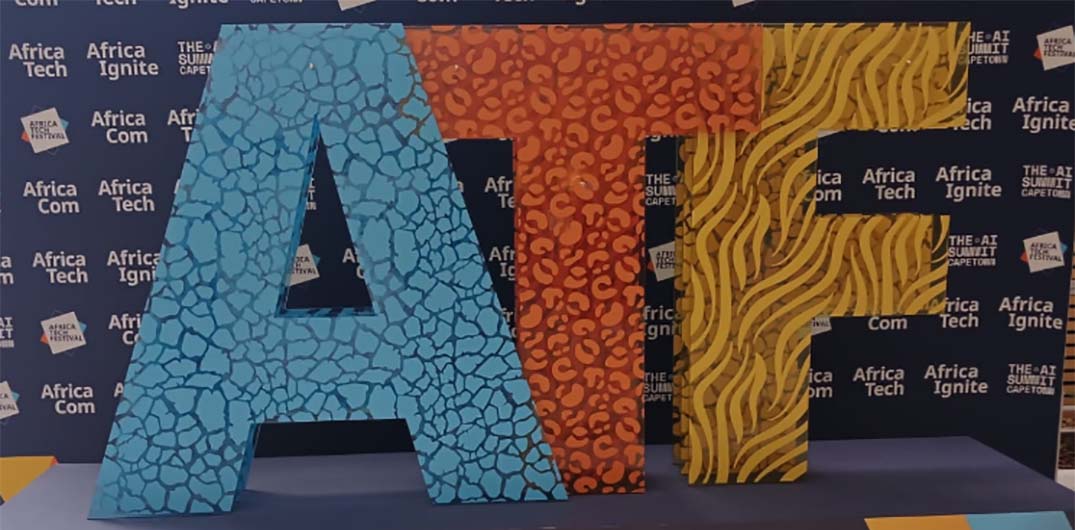Kathy Gibson reports from Africa Tech Festival – Broadband is leading the connectivity charge in Africa as countries across the continent get access to fast networks.
This was the overarching message from the Africa Broadband Forum 2024, held on the sidelines of the Africa Tech Festival in Cape Town this week.
Kim Jin, vice-president of Huawei’s optical business product line, says Huawei will work with fibre industry sectors to build an intelligent, all-optical access network and seize opportunities for coverage monetisation, bandwidth monetisation, and experience monetisation to achieve business success and accelerate the development of Africa’s digital economy.
Meanwhile, Martin Creaner, secretary-general of the World Broadband Association (WBBA) notes that considerable advancements have been made in speed, intelligence, and accessibility.
Safaricom, for instance, currently operates 17 000km of fibre nationwide, says Elaine Ngina Kyalo, head of fixed networks at Safaricom. The operator plans to lay an additional 200 000km of fibre optic cable, to create 1-million high-value users, 1,2-million medium-value users, and 6,3-million low-value users.
“The poor also want access to fixed broadband,” Kyalo says. “We need to ensure that the 70% of African users are not left behind by getting together to innovate on solutions.”
Kenya has a population of 55-million people, or 12,6-million households and an electrification rate of 75%. In total, the country has access to 100 000km of fibre cable, 25 000 public WiFi hotspots and 1 450 digital village hubs and studios. Three data centres have been established.
Government is assisting in creating an enabling environment and will soon pass legislation protecting infrastructure and easing rights of way.
The country is also embedding connectivity into people’s lives by incorporating ICT in all buildings – in line with ICT policy and best practice.
Hiram Kahiro, state department for housing and urban development in Kenya, explains that government is liaising with the relevant departments to require that all new commercial and private developments are designed and adequately provided with facilities for high-speed connectivity.
“This is enshrined in the building code,” he says. “All new construction projects must make provision for fibre optics – even social housing will have more affordable Internet connections.
“The new building code is among a raft of broader reforms in urban planning designed to modernise Kenya’s infrastructure and stimulate the development of well-planned, connected, and sustainable urban areas and cities,” Kahiro adds.
The country’s affordable housing programme aims to develop 200 000 affordable housing units per year, reaching a total of 1-million by 2030.
Across the continent, in Nigeria, MTN is looking to increase broadband penetration.
Adewale Dawud Sulaman, GM of MTN Nigeria, explains that the country is home to 240-millon people, of whom 79,4-million are currently mobile subscribers – with 45,6-million active data users.
“We are looking at how we can deepen broadband connectivity,” Sulaman says. “By June 2023 we had achieved 2,5-million home broadband users and 830 000 fixed wireless access users, and aim to have mobile broadband coverage of 90% by 2025 with 10-million to 12-million homes connected.”
To achieve this, it’s necessary to get fibre to the home on an open access network, he adds.
In high-density areas, fibre multi-service can quickly connect multiple homes at an affordable rate. Engineering efficiencies can further improve cost-efficiency, while zero-splicing technology and plug-and-play makes installation easier.
Sulaman adds that digitalised services and operations allow the operator to increase throughput and quickly add services.
A small country with big ambitions, Eswatini has embarked on a broadband policy that aims to connect every household.
Thembumkhululi Khumalo, group MD of Eswatini Posts and Telecommunications (EPTC), says being a late starter means the country can learn from the rest of the world.
Eswatini has a population of 1,2-million and a GDP per capita of $4 200. The country has decided that government must reach citizens where they are, says Khumalo, and this means connecting its 250 000 households and 15 000 SMMEs.
As the traditional telco provider, EPTC already provides backhaul services, last mile connectivity, and hosted services. Only 3% of the population has access to broadband today, but the goal is to cover 80% of households by 2030 – with government supporting those that cannot afford it.
“We have a high level of literacy in Eswatini and we want our people to have access to a global market,” Khumalo explains. “The network will lay the foundation for that. Eswatini has a workforce that is ready to use this network – and it will give them the opportunity to develop technologies and use technology to help us innovate.

